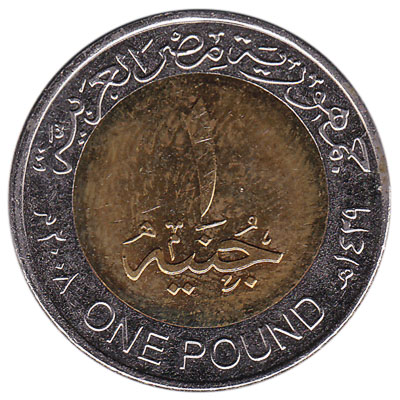Twitch is the world's leading video platform and community for gamers. Insta spraggy. 18.4k Followers, 121 Following, 356 Posts - See Instagram photos and videos from Spraggy (@benjspragg). Spraggy makes Event #60 final table, finishes seventh With a PSPC cash and several wins and major cashes live on stream to his credit, Ben 'Spraggy' Spragg has had himself quite a year already. He added another highlight to his 2019 yesterday. The latest tweets from @spraggy.
2 1 / 2 guilders. 2.4 guilders or 48 stuivers or 8 reals or 8 schellings. 3 guilders plus 3 stuivers. Memento mori coin. Pond Vlaamsch, pond groot, 'Flemish pound' 6 guilders or 20 schellings; 1 York pound. The original round pound was first designed in 1983, making it one of the oldest British coins still in circulation last year, and the most vulnerable to counterfeiting. By 2015, one in every 30 £1 coins was a counterfeit, according to a Royal Mint report.
The British one pound (£1) coin is a circulating denomination of the Pound Sterling. The coin was introduced in 1983 to replace the Bank of England one pound note which ceased to be issued at the end of 1984. The original coin was round and was made of nickel-brass. A large number of reverse designs were issued in this format until it was discontinued in 2016, and its legal tender status withdrawn at midnight on Sunday 15th October 2017.


The new 12-sided £1 coin was introduced into circulation in the United Kingdom on 28th March 2017, with coins minted earlier and dated 2016.
The coin has a 12-edged shape, similar to the pre-decimal brass threepence coin; it has roughly the same size as the previous £1 coin, and is bi-metallic like most £2 coins. Bimetallic means it is made of two metals - the outer ring is gold coloured (nickel-brass) and the inner ring is silver coloured (nickel-plated non-ferrous alloy).

A security feature is a 'latent image' - something like a hologram that changes from a '£' symbol to the number '1' when the coin is seen from different angles. Another security feature is micro-lettering - very small lettering on the lower inside rim on both sides of the coin, 'ONE POUND' on the obverse ('heads') side and the year of production on the reverse side, for example '2016', '2017' etc.
The new design is intended to make counterfeiting (which affected the earlier type significantly) more difficult, and also has an undisclosed hidden security feature called 'iSIS' (Integrated Secure Identification Systems), thought to be a code embedded in the top layer of metal on the obverse of the coin, visible only under a specific wavelength of ultraviolet light.
1 Pound Coin Value
Coins issued in 2017 have now been circulating for only four years.

The new 12-sided £1 coin was introduced into circulation in the United Kingdom on 28th March 2017, with coins minted earlier and dated 2016.
The coin has a 12-edged shape, similar to the pre-decimal brass threepence coin; it has roughly the same size as the previous £1 coin, and is bi-metallic like most £2 coins. Bimetallic means it is made of two metals - the outer ring is gold coloured (nickel-brass) and the inner ring is silver coloured (nickel-plated non-ferrous alloy).
A security feature is a 'latent image' - something like a hologram that changes from a '£' symbol to the number '1' when the coin is seen from different angles. Another security feature is micro-lettering - very small lettering on the lower inside rim on both sides of the coin, 'ONE POUND' on the obverse ('heads') side and the year of production on the reverse side, for example '2016', '2017' etc.
The new design is intended to make counterfeiting (which affected the earlier type significantly) more difficult, and also has an undisclosed hidden security feature called 'iSIS' (Integrated Secure Identification Systems), thought to be a code embedded in the top layer of metal on the obverse of the coin, visible only under a specific wavelength of ultraviolet light.
1 Pound Coin Value
Coins issued in 2017 have now been circulating for only four years.
